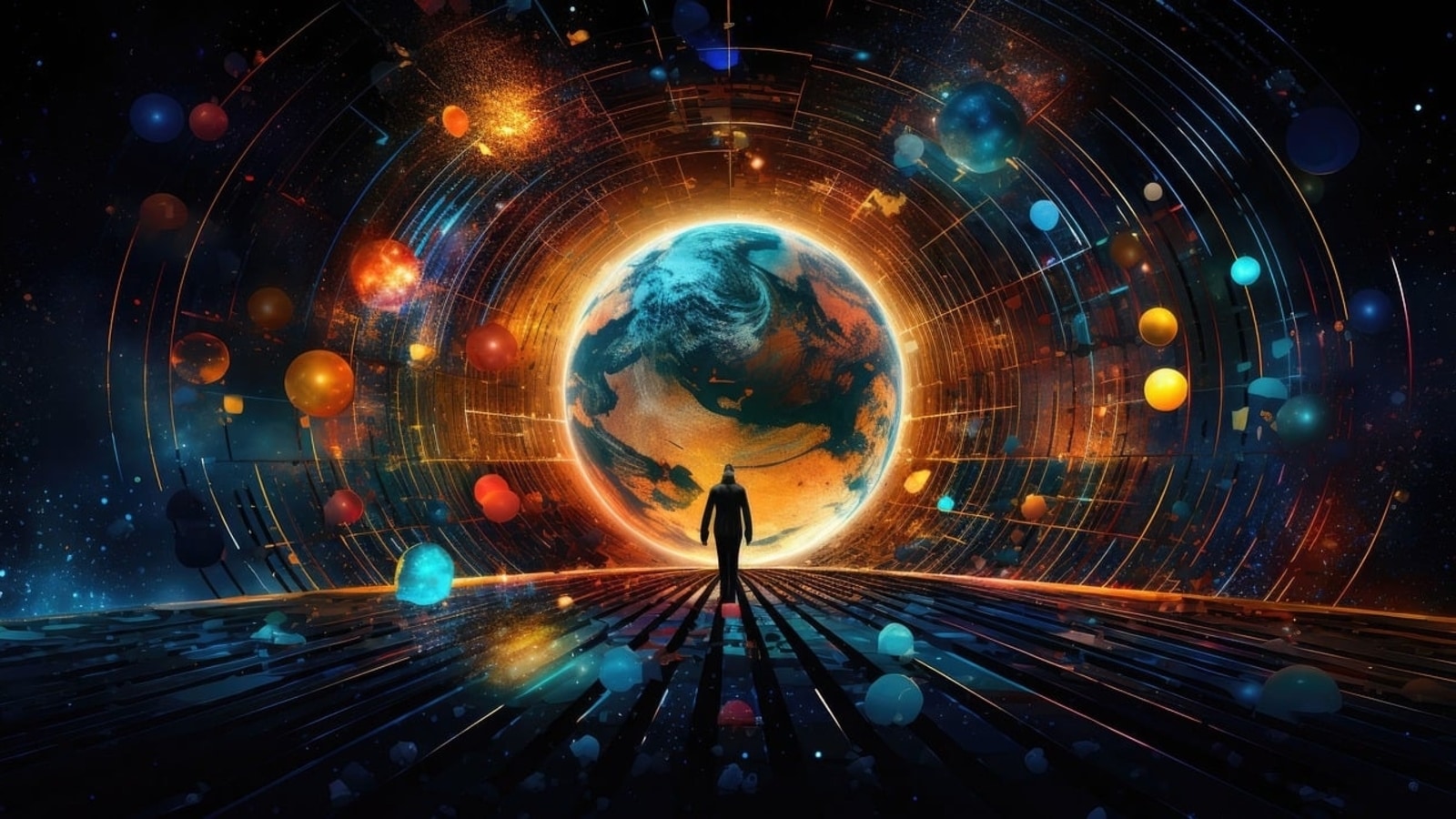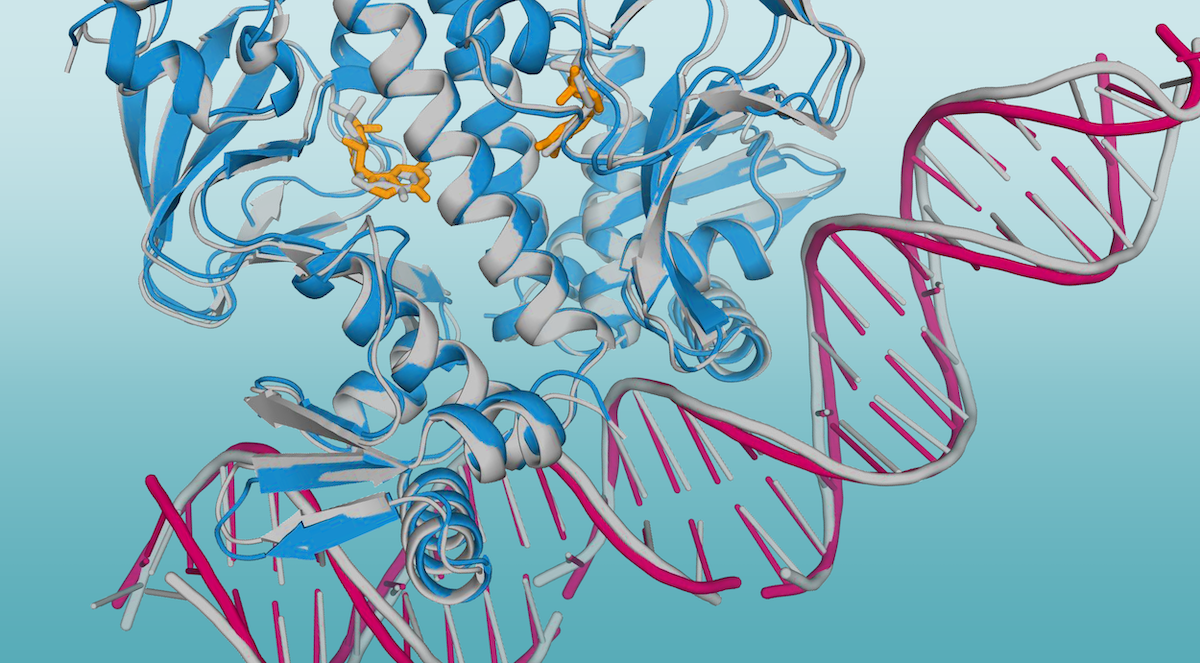The Emergence of a Digital Phantom Market: Australian computer engineers from the Universities of Sydney and Melbourne have proposed a theory suggesting that the internet as we knew it may be on its last breath. They posit that more than half of the content available online, including that on social networks, could now be produced by artificial intelligence (AI) and automated software. This influx aims to manipulate public opinion and spread misinformation.
The Unseen Content Factory: Artificial Intelligence is capable of generating written content in mere seconds, paired with custom images derived from automated inputs. The rate at which AI can flood the internet with automatically generated material is alarming, especially when compared to the time it takes a human to create a social media post or an article.
Surreal but Not Fiction: To illustrate their point, the engineers conducted a study that bordered on the absurd. They searched social networks for images of Jesus’ face blended with the features of a shrimp. The results were a collection of bizarre images, some garnering massive amounts of likes, all on pages apparently managed by bots. This trend perpetuates a vicious cycle whereby AI analyzes popular user searches to generate even more of such content.
The Dark Side of Digital Interaction: The game played by content-producing AI isn’t just for entertainment. Producing content not only generates “likes” and advertising revenue but also increases the follower count of certain accounts. Even though most of these followers may be fake, high follower numbers can legitimize an account in the eyes of real users who may struggle to discern credible sources.
A Troubling Mechanism: When politics leverages this mechanism, it transforms into a media warfare tool, capable of swiftly producing thousands of misinformation pieces aimed at discrediting opponents and spreading propaganda. With more people, especially the young, relying on social media for news, this poses a significant worry.
Searching for Countermeasures: Researchers have identified that in 2023 alone, over 10,000 AI-managed accounts on X.com were spreading misinformation about the war in Ukraine. While Elon Musk, owner of the platform formerly known as Twitter, proposed subscription fees to curtail the proliferation of “bot farms,” the solution remains challenging, as those with resources can easily fund their continual spread of misinformation. Currently, the most viable defense rests on critical thinking and the careful evaluation of online content sources.
The article addresses the challenges of distinguishing authentic content from AI-generated material in the digital age. Below are some related facts, important questions, and key challenges associated with the topic, as well as the advantages and disadvantages of AI-generated content.
Related Facts:
– Artificial intelligence has progressed to the point where it can create convincing deepfake videos and audio clips, not just images and text.
– OpenAI’s GPT-3 and similar language models have demonstrated human-like text generation capabilities, which can be used both ethically and maliciously.
– Efforts to regulate AI content creation, like the proposed EU AI Act, acknowledge the potential need for transparency in AI-generated content.
Important Questions:
1. How can we ensure the content we interact with online is authentic?
2. What legal and ethical frameworks need to be in place to manage the creation and circulation of AI-generated content?
3. How do we protect the integrity of information online in an era where AI-generated content is proliferating?
Key Challenges or Controversies:
– Balancing innovation with ethical use: The advancement of AI technology brings numerous benefits but also raises ethical questions about authenticity and misinformation.
– Identifying AI-generated content: As AI-generated content becomes more sophisticated, it becomes harder to identify, blurring the lines between what’s real and fake.
– Impact on jobs and the creative industry: There are concerns that widespread use of AI in content creation might displace human creators and impact jobs in journalism, art, and other creative sectors.
Advantages:
– Efficiency: AI can generate content faster than humans, which is beneficial for scaling up content production.
– Accessibility: AI tools can democratize content creation, allowing those without traditional skills to produce quality material.
– Personalization: AI can tailor content to individual preferences, improving user experiences.
Disadvantages:
– Authenticity: There’s a risk of diluting personal and cultural expression as it becomes harder to differentiate between human and machine-produced content.
– Misinformation: AI can be used to create persuasive fake news with the potential to spread rapidly on social media.
– Economic implications: Overreliance on AI content can disrupt the content creation market, potentially devaluing human creators’ work.
For more discussion on the broader implications and governance of AI, you may explore the websites of relevant organizations such as UNESCO or the World Health Organization which discuss ethical considerations of AI in information dissemination.
Remember that the reactions to AI-generated content and strategies to tackle its adverse effects are still evolving. The most viable approaches currently involve a combination of technological solutions, human curation and oversight, and education on media literacy for the general public.




